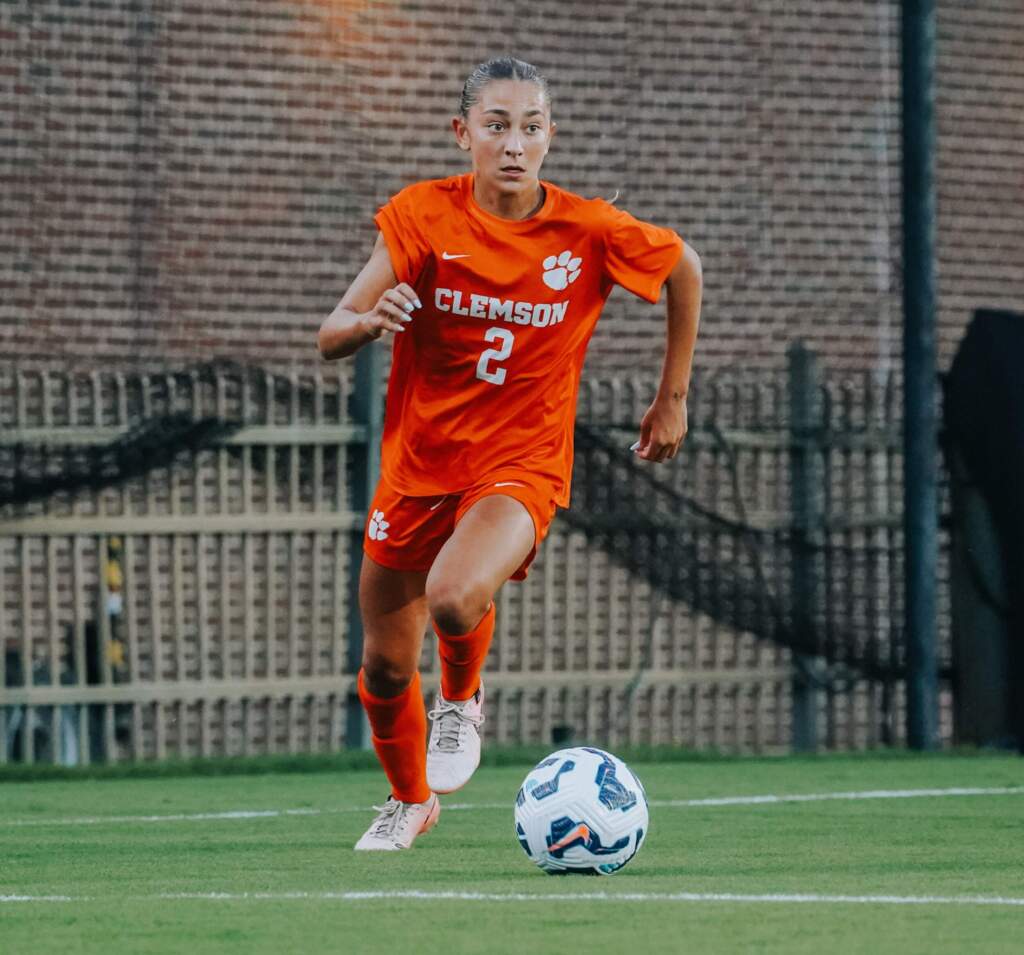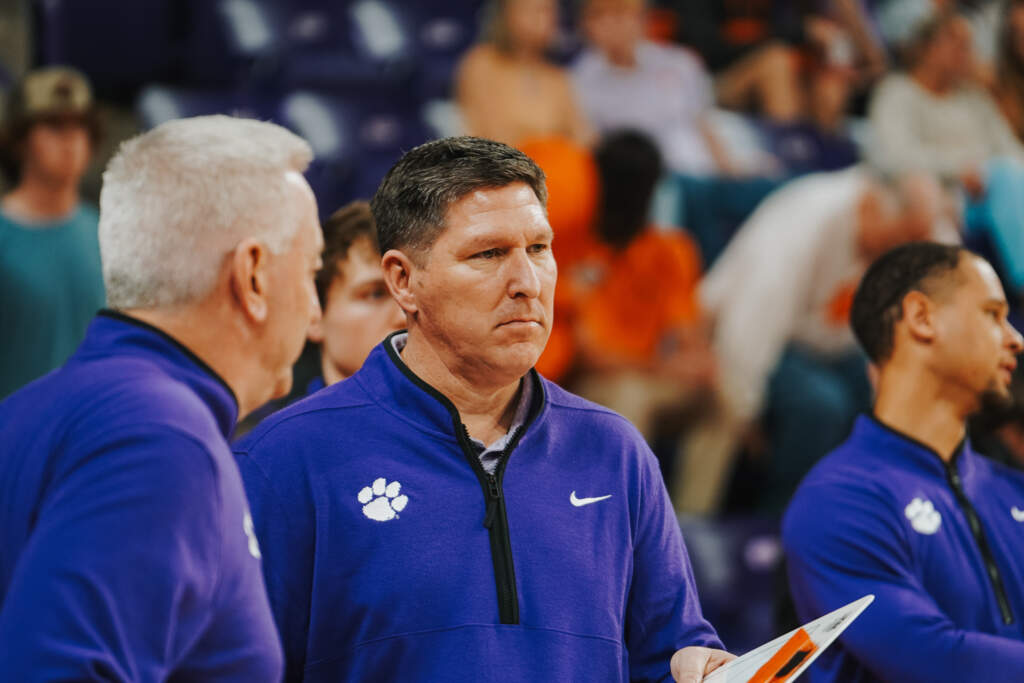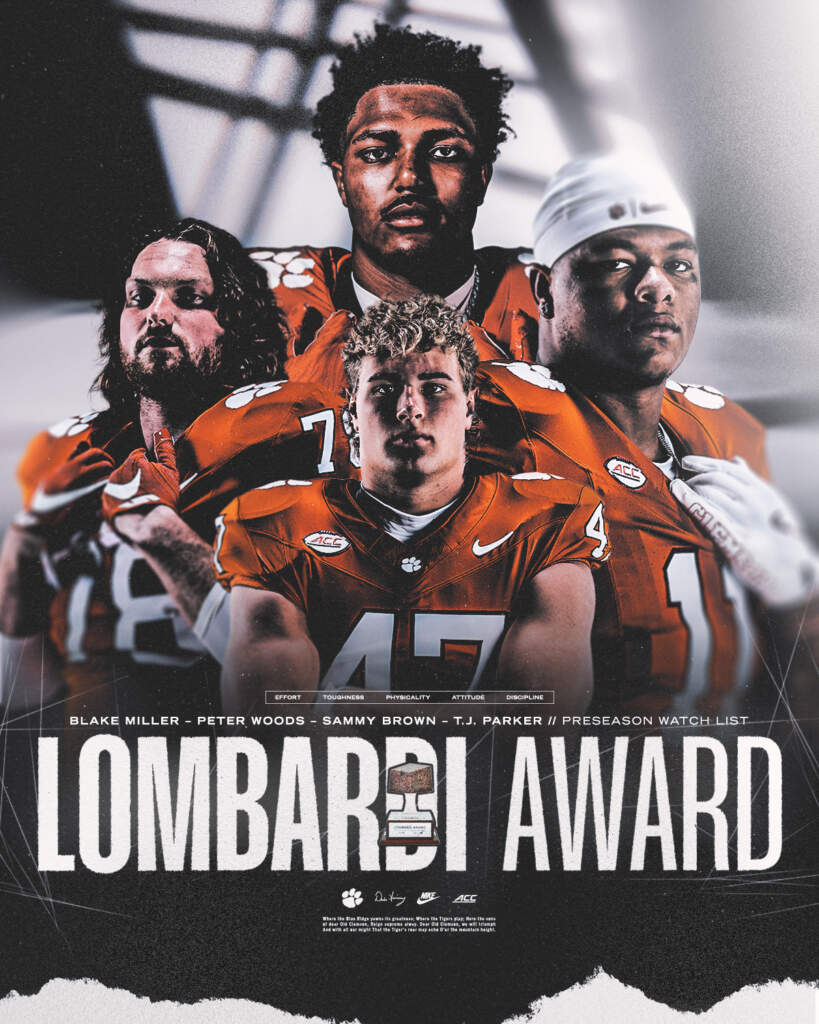Sept. 10, 1999
By Brian Hennessy
BUBBA BROWN Football, 1976-79
Bubba Brown always seemed to be in the right place at the right time. The 6-0, 210 lb. linebacker totaled 515 tackles in four seasons, more than any other Tiger in history. That record has stood for 20 years, quite an accomplishment considering that 11 Tiger linebackers since then have gone on to play in the NFL. Thanks to his accomplishments, he was one of just three linebackers to be named to the Clemson Centennial Team.
Marlon Edward Brown, 41, came to Clemson from Loudon, TN, where he was not heavily recruited, weighing 230 pounds. He quickly lost 25 pounds, as he started the last six games as a freshman, finishing with 75 tackles. As a sophomore, Brown had 120 tackles and was well on his way to an outstanding career.
But Brown was still in the shadows of two-time All-ACC linebacker Randy Scott entering his junior season in 1978. He took charge early in the season, and finished with a team-high 148 tackles and first-team All-ACC honors.
Brown posted 22 tackles against Ohio State in the 1978 Gator Bowl to lead the Tigers to a 17-15 win. He also accumulated 22 tackles against N.C. State in 1979. The 22 tackles is tied for the second most in a game by a Tiger.
But perhaps #47’s greatest game came earlier in the ’78 season at N.C. State. He went up against Heisman candidate and running back Ted Brown. However, it was Bubba Brown who was the star of the game, holding the Wolfpack running back to just 70 yards rushing on 21 carries as Clemson defeated N.C. State 33-10. The Tiger linebacker had 18 tackles to earn National Defensive Player-of-the-Week honors by Sports Illustrated.
Off the field, Brown majored in industrial education. He has carried that knowledge to the classroom, as he is currently a high school teacher and football coach in Michigan.
“Bubba Brown worked as hard as anyone day in and day out,” said former Tiger Head Coach Charley Pell. “Bubba was an extremely hard worker on and off the field. He understood how to make up for his lack of size with desire and intensity. That extra perseverance was what made him such a good football player.”
In a book written about the 1978 season, Brown is quoted as saying, “A long time after all of us players are gone, they’ll still be talking about this Clemson season. And I believe it will be remembered as the beginning of something great for Clemson football. We did more than win a conference championship and a bowl game — we laid the groundwork for the people who come after us. We proved that Clemson deserves national recognition!”
He was certainly correct. Clemson went on to win the National Championship in 1981 and be a national power in the 80s. It was players like Bubba Brown who helped the Tiger program propel into the national spotlight.
MARK DICKSON Tennis, 1979-82
Mark Dickson helped bring the Clemson tennis program to national prominence in the early 80s thanks to a well-rounded game. He had a 128-42 (.753) career record in singles play and a 101-40 (.716) record in doubles competition. His 128 career singles wins were the most in Tiger history at the end of his collegiate career and ranks sixth in Clemson history today. Dickson, a Tampa, FL native, was also a three-time All-American on the hardcourt. In all four of his seasons in Tigertown, Clemson finished with at least a top-15 ranking, including three seasons in the top eight.
The 6-4 Dickson won three out of every four matches as a freshman in 1979. He most likely would have won the ACC Rookie-of-the-Year had an award been given. The lanky player was also one of the reasons Clemson advanced to its first NCAA Tournament and a top-15 ranking.
In 1980, he was one of a few players in the nation to be an All-American as a sophomore thanks to his 42-7 singles record. He was the ACC Champion in No. 2 singles as well and helped the Tigers to a #8 final ITA ranking.
Despite a fractured wrist in his junior season, Dickson still managed to earn All-America singles honors and compile a 30-13 (.698) singles record to go along with a #3 individual national ranking. He was one of only five players to receive All-America honors in both singles and doubles that season.
As a senior, Dickson compiled a 33-14 (.702) singles record on his way to being named ITCA Senior Player-of-the-Year and receiving All-America honors for the third time, becoming the first Tiger to accomplish that feat.
Dickson burst on to the professional scene in 1983. At a World Championship Tennis event in Munich, Germany, he stunned Ivan Lendl (6-1, 6-2), Kevin Curren, and Bill Scanlon in successive matches. The highlight of his professional career came in the 1983 U.S. Open, still in his rookie season on the circuit. He made it to the quarterfinals, facing Scanlon. In a memorable match, he fell in a five-set battle, 3-6, 6-4, 4-6, 6-3, 7-6.
“Mark had such a wide variety of shots, making him so hard to prepare for,” states Tiger Head Coach Chuck Kriese. “He would utilize his power and aggressiveness, then finesse you to death with his great touch. Mark was a brilliant talent and had a temperament for competition.”
“My only regret is not being able to coach him now with the experience that I have,” says Kriese. “He was tall, agile, and fast, and with the high-tech rackets of today, he could have easily been a grand slam champion.”
Dickson, 39, is married to his college sweetheart, Karen. They currently reside in Sarasota, FL along with their two children.
JANET ELLISON-McDONNELL Swimming, 1978-81
It didn’t take long for Janet Ellison-McDonnell to make a name for herself in the swimming ranks at Clemson. Ellison was the first female athlete in any sport at Clemson to garner multiple All-America honors, and she did that in her freshman season.
The 5′-8″ swimmer, who starred in the breaststroke and individual medley, came to Clemson after an All-America senior season at Sherwood High School in Silver Spring, MD.
In her freshman season, Ellison received All-America honors in five events at the AIAW Nationals. She was honored for her efforts in the 50, 100, and 200 yard breaststroke, the 100 yard individual medley, and the 200 yard medley relay. After being in existence for only two seasons, the women’s swimming team, led by Ellison, was ranked as high as #17 in the nation.
Entering her junior season, she already owned every breaststroke record in the Tiger recordbooks. She went on to place in the top seven in the 50, 100, and 200 yard breaststroke at the ACC Championships in 1980. She also picked up All-America honors in the 50 yard breaststroke.
“We were a close-knit team with the women’s and also with the men’s team,” remembers Ellison. “The camaraderie we had was special because both the girls and guys trained together, which is rare in most other sports. We also had to work extremely hard and we had a good time.”
“Looking back, we didn’t quite realize how much was actually being done for us as student-athletes,” states Ellison. “IPTAY and the entire athletic department were so supportive of our efforts. We never lacked anything.”
“I am extremely humbled by being inducted into the Hall of Fame.”
“Janet was the cornerstone of the women’s program,” says former Tiger Swimming Head Coach Bob Boettner, who had a 78-35 overall record and 36-16 record at Clemson in 15 seasons. “She was a great athlete, good person, and did well academically. She was also a tremendous leader and took people to higher reaches.”
“I remember a funny story about Janet in the weight room,” recalls Boettner. “She could do more dips than any man or woman on the team. The football and baseball players would gather around and look in awe at what Janet could do.”
Ellison, 40, received her bachelor of arts degree in elementary education in 1981. She along with her husband, Richard, and two daughters, Catherine (11) and Meredith (9), reside in Culpepper, VA, a city 40 miles north of Charlottesville. Ellison has been a fourth-grade teacher for 19 years and also coaches swimming, including a recreation team in the summer and United States Youth Swimming Team in the winter.
DANNY FORD Football Head Coach, 1979-89
Danny Ford led Clemson to its one and only national championship in football in 1981, coaching a total of 11 seasons in Tigertown. He compiled a 96-29-4 (.760) record at Clemson, including a 6-2 bowl record. He was the third winningest coach in the country on a percentage basis after the ’89 season. Ford also coached 21 All-Americans and 41 players who went on to play in the NFL.
After graduating from Gadsden High School in 1966, Danny Lee Ford was an All-SEC selection on the field and off the field under Paul “Bear” Bryant at Alabama, where he played in three bowl games. He received a bachelor’s degree in industrial arts in 1970 and later received a master’s degree in special education in Tuscaloosa in 1971.
After nine years as an assistant coach, Ford had an auspicious beginning to his head coaching career. He debuted with a 17-15 win over Ohio State in the 1978 Gator Bowl. The 30 year-old coach, youngest in Division I at the time, also defeated a college football legend in a contest that truly put Clemson football on the map, as he beat Woody Hayes in the latter’s last game.
“When Coach Ford was named coach at Clemson, there were mixed emotions,” recalls Jeff Davis, a Clemson Ring of Honor member. “It was obvious that he had so many things to offer. And what he lacked he made up for in working harder than anyone else and communicating his expectations to the players. He blossomed as well as any coach could.”
In 1981, Ford helped Clemson reach the summit of college football by winning the National Championship, the first by any Clemson team. His Tigers, who were unranked in the preseason, downed three top-10 teams during the course of the 12-0 season that concluded with a 22-15 victory over Nebraska in the Orange Bowl. Ford, National Coach-of-the-Year in ’81, is still the youngest coach to win a national championship on the gridiron. He also led Clemson to a 30-2-2 record between 1981-1983, best in the nation.
Clemson won three straight ACC titles under his guidance between 1986 and 1988. In ’89, Clemson registered a 10-2 season and top-12 national ranking for the fourth straight season. Ford, who always wore a block “C” cap on the sideline, closed his career with a 27-7 win over West Virginia in the Gator Bowl. In the decade of the 1980s, Clemson had the nation’s fifth-highest winning percentage.
Davis remembers how Ford influenced his life. “Coach Ford had a unique way of conveying a message to his players. He expected his players to have a great work ethic. Because of that, he enabled me to go beyond what I thought I could do. I was also able to effect many others in the same way.”
Ford, 51, and his wife, Deborah, have four children, Jennifer, Ashleigh, Elizabeth, and Lee.
HORACE GRANT Basketball, 1983-87
Coming out of high school in tiny Sparta, GA in 1983 was a slender forward named Horace Grant, aptly nicknamed “Slim” thanks to his 6-9, 187-pound frame. It was easy for many-a-college coach to overlook Grant, as he was recruited by just two schools…Clemson and Georgia Southern. But Tiger Coach Bill Foster saw a diamond in the rough. Foster didn’t tell a sole about Grant, or his identical twin brother, Harvey, for the fear of other schools discovering him.
“Horace was one of the last sleepers,” recalls Foster. “We got him not to tell anyone about Clemson.”
After a freshman season that saw Grant average 5.7 points per game and 4.6 rebounds per game, Harvey departed, but Horace stayed and averaged 11.3 points and 6.8 rebounds per game as a sophomore.
“Horace just kept getting better and better,” says Foster. “He was very team oriented. I knew from day one that he was going to be a great player. If you had a team full of players like him, you could coach for 100 years.”
Grant stepped up his game as a junior, averaging 16.4 points a game and 10.5 rebounds. But Grant emerged as a star his senior season, winning the conference “Triple Crown,” the first by an ACC player (points, field goal percentage, and rebounding). He averaged 21.0 points and 9.6 rebounds a game, along with shooting 65.6 percent from the field to help him win the ACC Player-of-the-Year Award, first by a Tiger. He led Clemson to its finest season up to that point with a 25-6 record.
In a game at Virginia his senior season, Clemson trailed 90-87 with 10 seconds remaining. Grant, who had never attempted a three-pointer, trailed the play and spotted up for a game-tying three-pointer. In storybook fashion, Grant made the shot with four seconds remaining. Clemson went on to win 94-90.
“That was one of the best comebacks I’ve been associated with,” recalls former Tiger Coach Cliff Ellis. “We had a lot of close wins that year and a major reason was we had Horace to look to down the stretch. He was a leader and a player who never gave up and that’s why he has been a very successful player in the NBA.”
Grant, who was the 10th overall pick in the ’87 draft, went on to be a part of the Chicago Bull’s dynasty. He played power forward in Chicago from 1987-94, a total of seven seasons. After his rookie season, Grant averaged at least 12 points a game and eight rebounds a game for the Bulls for six straight seasons. He helped the franchise win three NBA Championships in a row from 1991-93, also becoming the first Tiger to win a ring. Grant, 34, also personified hard work on defense, as he has been an NBA All-Defensive Team selection four times.
JIMMY KEY Baseball, 1980-82
Jimmy Key is the only baseball player in Clemson history to be first-team All-ACC at two positions in the same season. He played three seasons on the diamond in Tigertown, then went on to a successful 15-year Major League career, including two World Series Championship seasons.
James Edward Key was a standout at Butler High School in Huntsville, AL. The lefthander was 10-0 with nine shutouts and a 0.30 ERA his senior season. He also hit .410 along with 11 homers and 35 RBIs.
“Gene Compton, a former Clemson player who was living in Huntsville, kept telling me about this lefthander that I had to see,” recalls former Tiger Head Coach Bill Wilhelm. “He was being heavily recruited by all the schools, so I made the trip to Birmingham to watch him pitch in the state quarterfinal game in front of 4,000 people. He struck out 19 batters in 11 innings and won 1-0. I was so impressed that I went up to him after the game and offered him a full scholarship. Without any hesitation and ever seeing Clemson, he said, ‘I’ll take it.’ He was certainly one of the easiest to recruit.”
In Key’s freshman season, he led Clemson in starts (15) and innings pitched (111.1). He started in the opening game of the 1980 College World Series and finished the season 7-5 with a 2.99 ERA. It became evident that season how effective Key would be at getting batters out without overpowering pitches. He struck out just 52 batters, but at the same time allowed just 85 hits.
Key impressed with his bat his sophomore season, hitting .317 in 167 at bats, but he was just 4-6 on the mound.
He turned things around his junior season, putting together perhaps the greatest all-around season in Clemson history and garnering All-ACC honors as both a pitcher and designated hitter. He had an ACC-best nine wins to go along with seven complete games in 116.0 innings pitched. At the plate, Key hit a team-best .359 with a then-school record 21 doubles.
Key went on to play 15 seasons (1984-98) in the Majors, including nine with Toronto, four with New York (Yankees), and two with Baltimore. He accumulated a 186-117 record along with a 3.51 ERA. He won at least 12 games in the 12 seasons in which he started at least 12 games. Key was also a four-time All-Star and is the only former Tiger to play on two World Series Championship teams (Blue Jays in ’92 and Yankees in ’96). In the ’92 series, he allowed just two runs while earning two victories, including the clinching game-six win. Key, who wore a Clemson T-shirt underneath his uniform for good luck, even got his teammates to wear the Tiger T-shirt.
Key, 38, and his wife, Karin, reside in North Salem, NY.
JANET KNIGHT-LINDER Basketball, 1976-80
Janet Knight-Linder scored 1,795 points in her four-year career at Clemson, second only to Barbara Kennedy. Her career 81.2 free-throw percentage is second best in Clemson history, as she made at least 80 percent of her foul shots all four seasons. Knight is the third Lady Tiger basketball player to be named into the Clemson Athletic Hall of Fame, joining Barbara Kennedy (’89) and Janet Forester (’96) along with former Head Coach Annie Tribble (’94).
Knight came to Clemson after an outstanding career at Riverview Academy in Albany, GA, where she was a member of two state championship teams. She averaged 31.4 points per game her senior season and led her team in scoring from her freshman through senior seasons.
As a freshman at Clemson, the mild-mannered player was one of the top rookies in the ACC, averaging 11.4 points per game and 4.5 rebounds per game. Then as a sophomore she scored 17.1 points per game while shooting 56.0 percent from the field. She was a second-team All-ACC selection in 1983-84.
Knight’s junior season was her best. She averaged 20.1 points, 5.4 rebounds, and 3.7 assists per game along with shooting 54.6 percent from the floor and 80.0 percent from the free-throw line. She was the team’s MVP, a first-team All-ACC selection, and third-team All-America pick by Fast Break that season.
In her senior season, #4 averaged 14.5 points and 5.1 rebounds per game.
In four seasons, the 5-11 forward played in 114 games, averaging 30.9 minutes, 15.7 points, and 5.0 rebounds per game. She also shot 52.5 percent from the field and 81.2 percent from the free-throw line, ranking fourth and second all-time, respectively, in the Tiger recordbooks. Her 565 rebounds and 301 assists both rank 11th all-time in Tiger history as well. She also led Clemson in free-throw percentage in all four seasons in Tigertown and was named to a total of six all-tournament teams. Off the court, she was an outstanding student. Knight was a three-time member of the ACC Academic Honor Roll.
“Janet established herself as one of the top players in the conference,” states Tribble, who compiled a 200-135 record in 11 seasons at Clemson. “Janet’s dedication and hard work helped her develop into one of the top shooters in the country.”
Knight, 34, received a Bachelor’s of Arts degree in Secondary Education (English) in 1987 along with a Master’s of Education in Counseling and Guidance in 1990 from Clemson. She is married to her husband, Buddy. The couple has two children. They currently reside in Spartanburg, SC.
DENISE MURPHY-STADELMAIER Volleyball, 1983-86
Denise Murphy-Stadelmaier was a two-time first-team All-ACC selection in volleyball and two-time Academic All-American at Clemson in the mid-80s. She is the only female athlete at Clemson to be a two-time Academic All-American. Murphy also won the Marie James Postgraduate scholarship, which went to the ACC’s top female student-athlete. The three-time captain set the Clemson record for kills and digs during her four-year career in Tigertown.
After an all-star prep career at Yorktown Heights High School in New York, she came to Clemson as one of the most highly recruited athletes in New York. As a freshman, she played in 35 matches, registering 170 kills.
As a sophomore, Murphy finished second on the team with 202 kills and also had 23 service aces along with 206 digs. Murphy then led the team in kills (414), total attempts (1,192), and digs (434) as a junior. She was also the team’s MVP and a first-team All-ACC selection. By the end of the ’85 season, she already set the Clemson career records for attempts, kills, and digs.
As a senior, Murphy led the Tigers to a 21-13 record, it’s best record in five seasons. She led the team in kills (418), total attempts (1,269), and digs (583). The 583 digs is still 100 more than any other Tiger has had in a single season. She received team MVP and first-team All-ACC honors for the second consecutive season in ’86.
Murphy is the only Tiger to have more than 1,200 kills, 150 service aces, and 1,200 digs in a career. Her 36 digs at North Carolina-Charlotte in 1986 is still the most in a single match in Clemson history as well.
The 5′-8″ outside hitter was not the most physically imposing player, but she did what was necessary to succeed. “Denise wasn’t very tall for that position, but she was extremely mature,” states Linda White, former Tiger Volleyball Coach. “It was like having an assistant coach on the floor. Denise always had the team’s best interest in her heart. Denise was a winner!”
Murphy graduated from Clemson with a 3.9 GPA in zoology. She was a member of four academic honorary societies and made the ACC Academic Honor Roll in all four seasons. Murphy went on to earn a postgraduate degree from the University of Michigan.
“Everything Denise did was with class,” states White. “She was diligent and goal-oriented with her studies. She always made me proud.”
Murphy, 34, and her husband, also her biggest fan, Joe, have three girls, Rachael, Therese, and Murphy. The family lives in Zionsville, Indiana, as Murphy is an orthopedic surgeon.
JOHN PHILLIPS Football, 1984-87
It’s difficult for a football player to change positions in the middle of his career and succeed, especially when he switches to a different side of the ball. But it is rare that a player can make the transition and become a two-time All-American. John Phillips did just that as an offensive guard at Clemson in the mid-80s. He was a part of vaunted Tiger running attacks that put fear in opposing defenses.
Phillips came to Clemson after an outstanding high school career both in football and wrestling at Mitchell High School in Spruce Pine, North Carolina. He played on the offensive line and at linebacker. He was an All-State selection on defense and even called the defensive signals for the North Carolina squad in the 1982 Shrine Bowl.
The 6-5, 222 pounder red-shirted in his first season at Clemson. He played in every game his freshman season at linebacker before switching sides of the ball late in the same season. “We had Henry Walls, Keith Williams, and Eldridge Milton at linebacker,” stated Phillips. “I didn’t think that I was going to get as much playing time as I wanted. And I wasn’t a Clemson type linebacker. I was a little too big.”
The move paid off by the fifth game of his sophomore season in ’85, when he was inserted into the starting lineup for the first time against Virginia. From that point on (32 games) Clemson averaged 260 yards per game on the ground and rushed for at least 200 yards in 27 of those contests.
In his first season as the full-time starter in ’86, Phillips became the Tigers’ first First-Team All-America offensive lineman in eight seasons (Joe Bostic). He had an incredible 100 knockdown blocks and was a first-team All-ACC selection.
By his senior season, Phillips increased his body weight to 270 pounds. The second-team All-America pick and team co-captain set a single-season record with 103 knockdown blocks and did not allow his assignment to sack the quarterback in ’87. In fact, he allowed just one sack in his last 29 games at guard.
John William Phillips concluded his career with 245 knockdown blocks, two All-ACC seasons, two Jacobs Blocking Trophies, and bowl wins over Stanford and Penn State. Phillips was also selected to the Clemson Centennial Team in 1996.
Phillips, 33, earned his bachelor of arts degree from Clemson in sociology in ’89. He later received his master’s degree in human resource development in ’92. Phillips currently works in family business. Phillips and his wife, Alison, live in Banner Elk, North Carolina. The couple has two children, Alli (7) and Austin (2), and are expecting a third child.

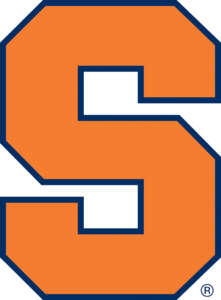 Syracuse
Syracuse  Virginia
Virginia  Florida State
Florida State  Wake Forest
Wake Forest  Tennessee
Tennessee  Charlotte
Charlotte  USC Upstate
USC Upstate  Ohio State
Ohio State  Georgia State`
Georgia State`  Ohio University
Ohio University  Indiana
Indiana  Virginia Tech
Virginia Tech  Tiger Classic
Tiger Classic  South Carolina
South Carolina 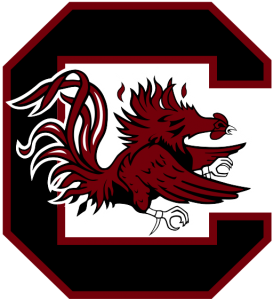 South Carolina
South Carolina  Campbell
Campbell 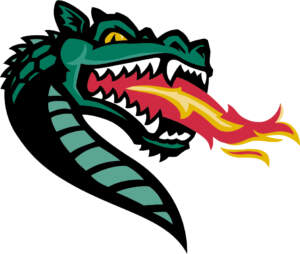 UAB
UAB  East Tennessee State
East Tennessee State  LSU
LSU  South Carolina
South Carolina  Appalachian State
Appalachian State  North Carolina A&T
North Carolina A&T  Charlotte
Charlotte 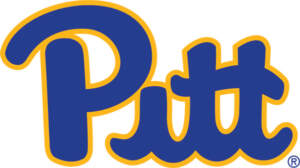 Pittsburgh
Pittsburgh 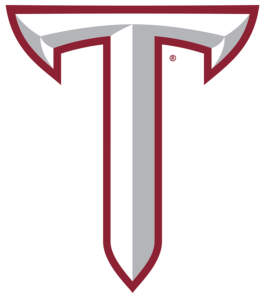 Troy
Troy  Myrtle Beach Golf Trips Intercollegiate
Myrtle Beach Golf Trips Intercollegiate  Georgia
Georgia  Cougar Classic
Cougar Classic  Georgia
Georgia  VCU
VCU 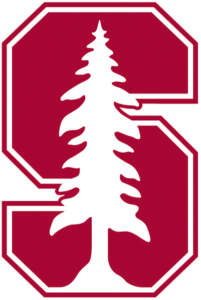 Stanford
Stanford  Elon
Elon  USC Upstate
USC Upstate 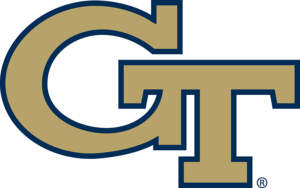 Georgia Tech
Georgia Tech  Wofford
Wofford 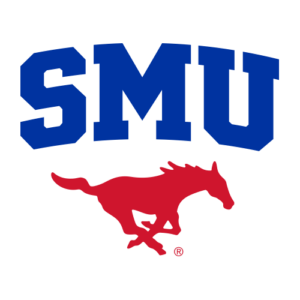 SMU
SMU  California
California  The Invitational at the Honors Course
The Invitational at the Honors Course  Queens
Queens  Georgetown
Georgetown 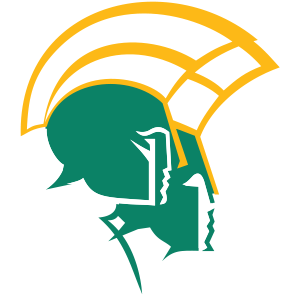 Norfolk State
Norfolk State  Louisville
Louisville  Charleston Southern
Charleston Southern  Mason Rudolph Championship
Mason Rudolph Championship 

